I’ve never loved pickles – certainly not the soggy, mass-produced ones that come on most sandwiches. I loved McDonald’s nuggets and fries as a kid, but why were they forcing me to buy pickles on my Big Mac? So when I saw Burger King’s ad as a kid, I knew it was what I wanted – hold the pickles, extra sauce.
Though data center infrastructure is vastly more complicated and expensive than a burger, the ability to choose your infrastructure and build exactly what you need matters. On the software front, we’ve progressed a long way from highly proprietary systems to open systems, and the infrastructure itself is being “eaten by software” as storage, compute, networking and the hypervisor layer collapse into hyperconverged infrastructure (HCI).
Hyperconvergence promises to reduce operational costs compared to buying traditional servers and storage. From an IT standpoint, HCI delivers operational simplicity. It integrates server and storage hardware in a single system, and ties into the hypervisor for seamless management. Compared to traditional storage, HCI is dramatically simpler.
Storage Arrays vs Hardware-based HCI vs HCI Software
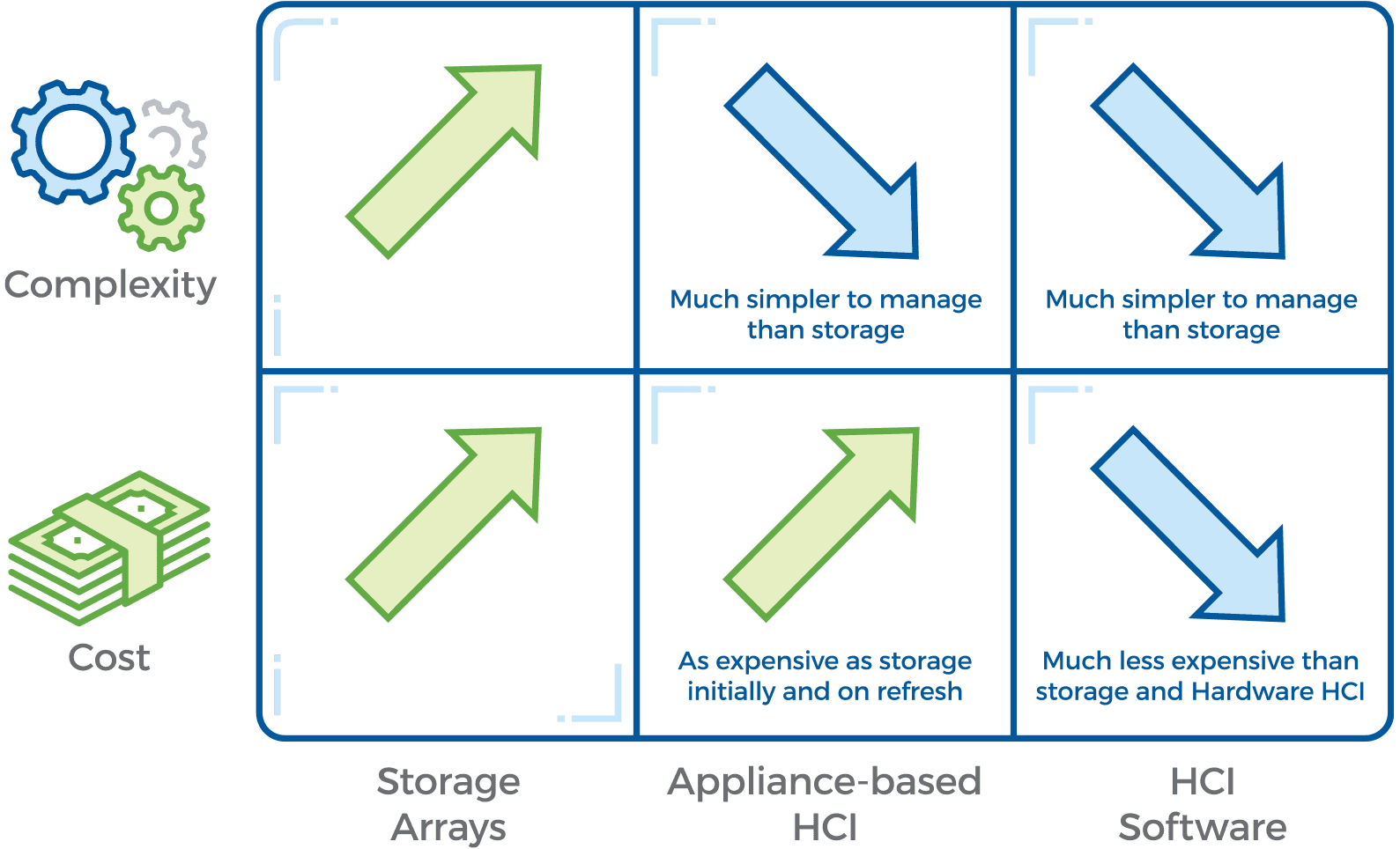
But hardware-based hyperconverged appliances have some significant drawbacks that limit choice and flexibility for IT. Ultimately, this leads to much higher long-term costs, particularly compared to software-based solutions. The drawbacks can include:
Vendor lock-in. Buying a hardware appliance solution can lock you into the platform for the long-term – just like traditional storage array vendors.
A refresh tax. When it’s time to refresh systems, customers have to buy a new appliance – paying for the software in full again. IT managers also have to refresh compute and storage together, forcing them to either let compute age beyond its useful life or waste money refreshing storage before its time.
An upgrade tax. Appliances can’t scale in small increments, can’t be upgraded if capacity needs to grow slightly, and can’t scale storage and compute separately. That imposes a costly “upgrade tax” since enterprises have to both buy ahead and buy more compute or storage than they need.
Why pay the extra tax with hardware-based hyperconverged solutions? If you could build hyperconvergence “your way” by choosing your hardware and choosing your hypervisor (without limiting yourself to that platform), you can avoid the refresh and upgrade taxes.
A software-based approach to hyperconvergence gives you much greater flexibility to scale up or scale out without boundaries. It also lowers the initial cost of deploying hyperconvergence since you can choose your own hardware, and it reduces long-term costs since you can avoid expensive refresh and upgrade cycles down the road.
If you want to learn more about how to get hyperconvergence your way, visit us at VMworld, Booth #1301 or request a demo.
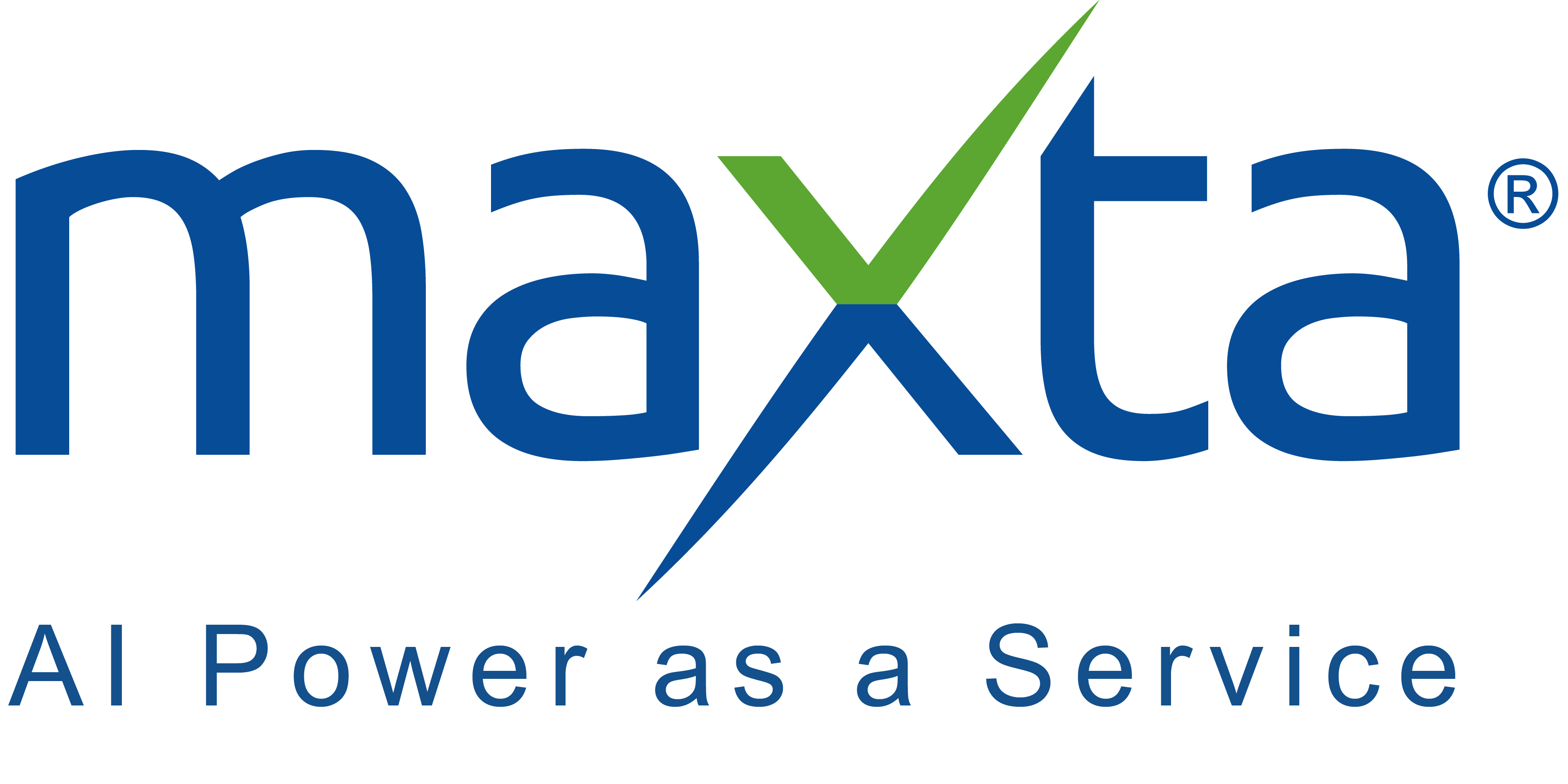

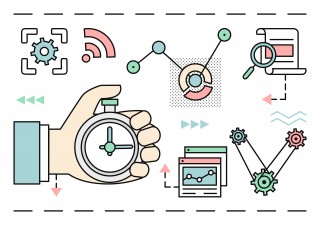
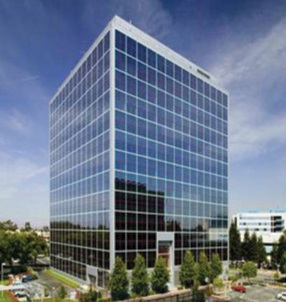 Maxta Introduces VMware Escape Pod
Maxta Introduces VMware Escape Pod


